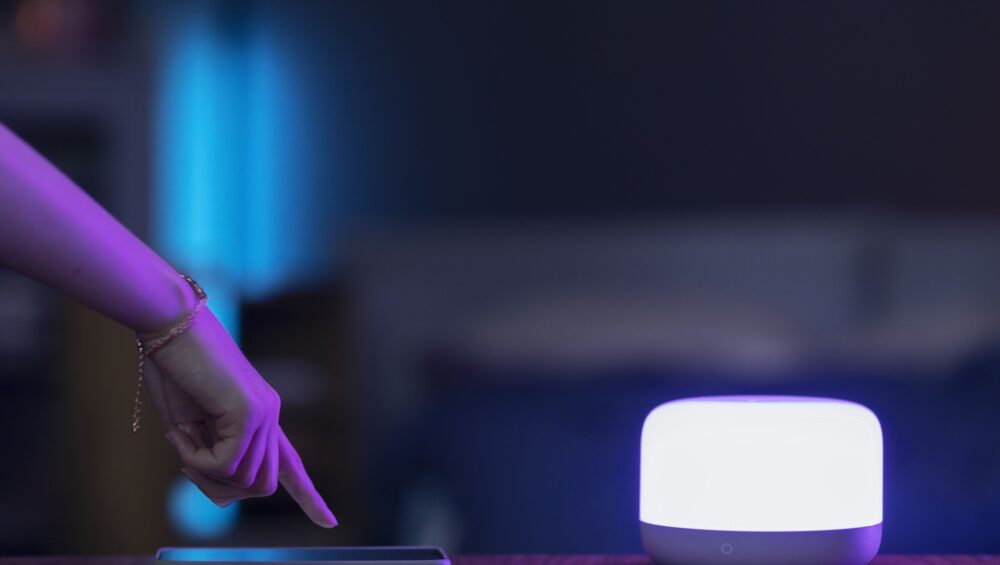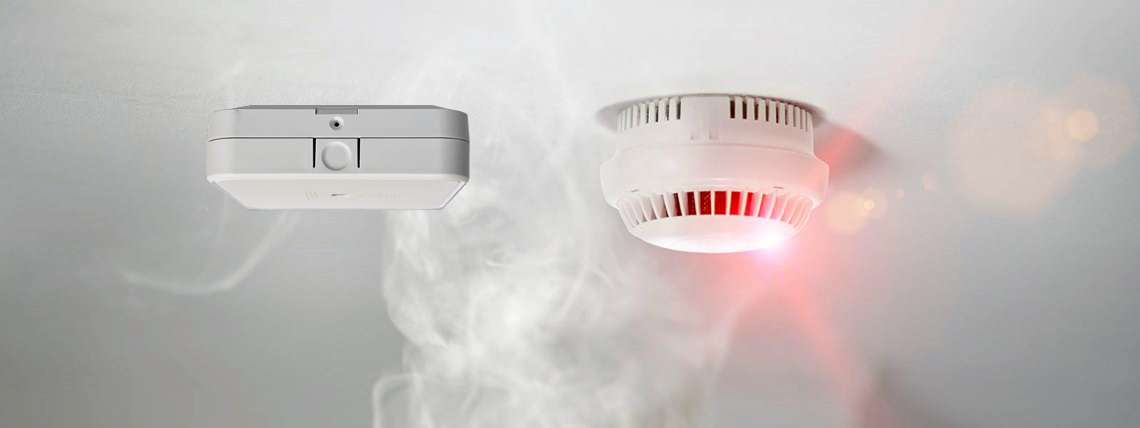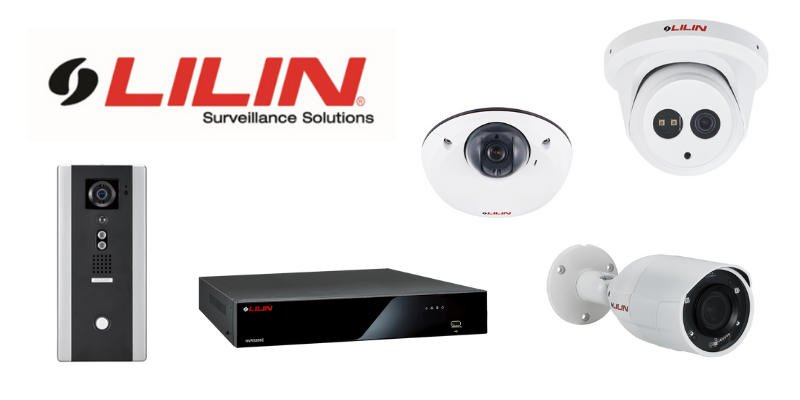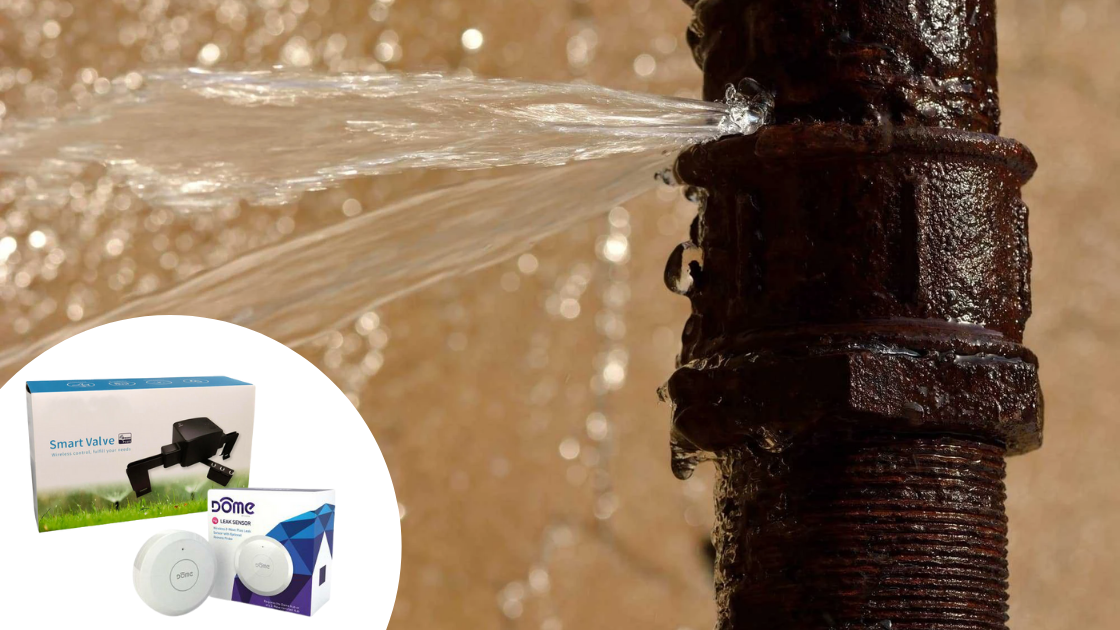The illumination of outdoor spaces is essential. The ability to see in the evening is useful in a variety of contexts, whether it is to deter unwelcome guests from entering your home or to provide illumination so that you do not have to fumble around with your keys in order to unlock the door. The issue, on the other hand, is characterized by excessively expensive power bills and copious amounts of unutilized energy. If you leave the lights on in your porch, garage, or any other outside space for the entirety of the night, you will soon rack up both financial and environmental expenditures. Motion sensor lights allow you to avoid putting a strain not just on your wallet but also on the environment. But how accurate are the motion detectors? Are they really worth the money? If that’s the case, what characteristics should you look for while purchasing one?
How do lights that turn on when they detect motion?
The lights that are controlled by a motion sensor will not turn on until the sensor identifies that there is activity in the area. They come on for a predetermined amount of time, illuminate the area around them, and then turn themselves off afterwards. Motion is also detected with these lights through the use of infrared heat waves. This means that warmer items such as cars, animals, and humans are quickly identified and cause your light to illuminate when they come into proximity with it. Although they are activated when there is motion, motion sensor lights are unaffected by the wind. However, it is activated when an object is blown past the sensor by the wind; this is what causes your lights to turn on when there is a lot of wind or when there is stormy weather.

Should You Invest in Motion Detector Lights?
Motion sensor lights have the ability to save you money on your electric bills while also reducing your energy use. Because the light only produces power when it is absolutely essential, rather than continuously throughout the course of the night, it does not place a continuous demand on your electrical system. Traditional porch and garage lights, on the other hand, do not have motion sensing and must be manually activated and deactivated. All through the night, your electricity bill will skyrocket if you don’t find a way to switch off your lights at some time during the evening.
Naturally, visibility and safety are issues that are complicated by the traditional approach to outdoor lighting. In the event that it is turned off at any time during the night, it needs to be manually turned back on in order to provide visibility for late-night outings or warn off potential dangers to your home. On the other hand, motion sensors make it completely risk-free for you to keep your lights on all through the night.
The Reasons Why You Should Purchase Lights That Detect Motion
Are you going to be out until the wee hours of the morning? Make sure the lights are on before you leave the house. You can return to a driveway that is well lit and bypass the hassle of opening the door now that you have this information.
Are you afraid about the possibility of burglars breaking into your home while you are away? Make it appear as though you are at home by using lights that turn on when motion is detected. This will discourage potential intruders. In point of fact, many different security systems use motion sensor cameras as an additional layer of safety. When combined with a motion sensor light, it will make your time away from work more pleasant and will reduce the amount of stress you experience.
Something to Take Into Account…
Motion sensor lights face a number of challenges, one of which is their continuous use, even during the course of the day. Motion sensor lights continue to function normally during the day (as long as they are turned on), despite the common misconception that they only operate at night. What exactly does this entail? Even during the middle of the day, if your light is turned on, it will instantly illuminate when it senses motion of any kind.
These kinds of pointless expenditures on lights during the daytime are harmful to the efforts to save money and conserve energy. It is recommended that you turn off your motion lights throughout the day or that you invest in dusk-to-dawn and timed lights instead.
Motion sensor lights are always superior to standard lights, which waste both your energy and your money because they are constantly on. The easiest way to determine which functions of a motion sensor light will be most useful to you is to become familiar with your family’s routines and the requirements that they have.
What Should You Search for in a Motion-Detecting Light?
Going from store to store in search of motion sensor lights shouldn’t be a pain. Consider the following aspects while selecting the ideal light for your home, and keep in mind that there are many options available.
Brightness: Think about how bright you need the motion sensor light to be when you are shopping for one, and keep that in mind while you are making your purchase. There is a wide variety of brightness levels available for motion lights, ranging from 200 to 2,000 lumens (lm). While motion sensors that provide greater visibility are closer to 2,000 lm (enough light to illuminate a smaller room in your house), the brightness of dimmer lights is closer to 200 lm, which is roughly equivalent to the brightness of a flashlight.
The degree of brightness that you require from your motion sensor will be determined by the purpose for which you will be using it. The degree of brightness that you desire will also be influenced by the surroundings of your home. Brighter motion lights are recommended for homes that have stairs and a lot of other obstacles. It will aid in avoiding accidental trips and falls. Dimmer lights would be better in basic settings; if your doorway is intended simply for entrance purposes (i.e., there is no area to lounge), you can probably obtain a motion light with less brightness. Dimmer lights would be better in simple settings.

The range of detection
The detection range of a motion sensor light refers to the area within which it is able to identify and illuminate the presence of motion. The range that can be covered by your light will be specified on the packaging. The range that motion detector lights are able to detect is anything from 20 to 100 feet.
The angle of detection is yet another important aspect to take into consideration. The span of the detection range is indicated as a number of degrees based on the angle of detection. Try to get a motion sensor light that has numerous spotlights that can be adjusted if you are seeking for one that provides a wider area of coverage.
Longevity of use
Depending on your requirements, you should pay attention to whether or not each motion sensor is resistant to the elements and is long-lasting.
Ingress protection, often known as the IP rating, is an important feature to check for. This value will tell you how effectively a motion sensor will function in settings that include both dust and rain. On the package, you will frequently discover the letters “IP” followed by two numbers. The first number, which can range anywhere from one to six and describes how resistant a motion sensor is to dust (with six being the most resistant), is always present. The second number, which can range anywhere from one to eight and indicates the degree to which the motion sensor is waterproof, with eight representing the maximum possible rating. The majority of motion sensors designed for use outside have an IP classification of either IP65 or IP67.
Capacity for alteration
Some motion sensors are more customizable than others, which means you can tailor the settings to your specific needs with certain models. As additional features, motion lights should have more granular control over the detection sensitivity, illumination range, light duration, and auto reset functions. Motion sensor lights that have qualities that may be adjusted are more useful in all kinds of scenarios.
Motion sensor lights make life easier to manage while also improving visibility.
When compared to conventional outdoor lighting, motion sensors offer significant cost and energy savings advantages. Motion sensor lights allow you to enter your home without the risk of tripping or running into something, and they also improve the level of safety your property has against potential invaders. Adjustable features make it simpler to modify your motion sensor light to meet your particular needs, whether those needs involve a lower detecting sensitivity or a greater illuminating range. Check out this post from The Spruce to learn more about the best motion sensor lights that will be available in 2022 if you are considering purchasing one.
Put in a call to the electrician in your area.
Give us a call if you are unsure about the safety of the electrical wiring in your home, if you need assistance installing or wiring your motion sensor light, or if you have any other questions. A significant issue may be present if there are warning signs, such as lights that fade or flicker. As the resident electrical expert in your area, I will address any electrical problems you have before they become a safety risk.






